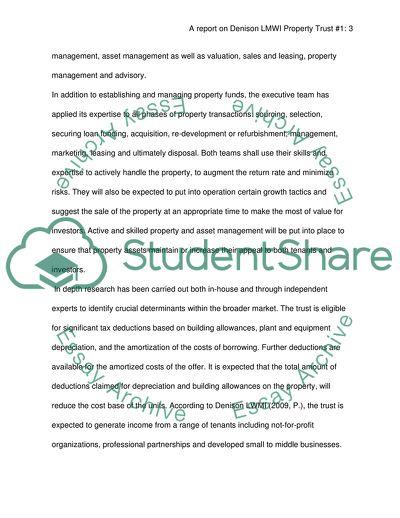Cite this document
(The Property-Related Risks in Denison LMWI Property Trust Case Study, n.d.)
The Property-Related Risks in Denison LMWI Property Trust Case Study. Retrieved from https://studentshare.org/finance-accounting/1727190-real-estate-finance-and-investment
The Property-Related Risks in Denison LMWI Property Trust Case Study. Retrieved from https://studentshare.org/finance-accounting/1727190-real-estate-finance-and-investment
(The Property-Related Risks in Denison LMWI Property Trust Case Study)
The Property-Related Risks in Denison LMWI Property Trust Case Study. https://studentshare.org/finance-accounting/1727190-real-estate-finance-and-investment.
The Property-Related Risks in Denison LMWI Property Trust Case Study. https://studentshare.org/finance-accounting/1727190-real-estate-finance-and-investment.
“The Property-Related Risks in Denison LMWI Property Trust Case Study”. https://studentshare.org/finance-accounting/1727190-real-estate-finance-and-investment.


